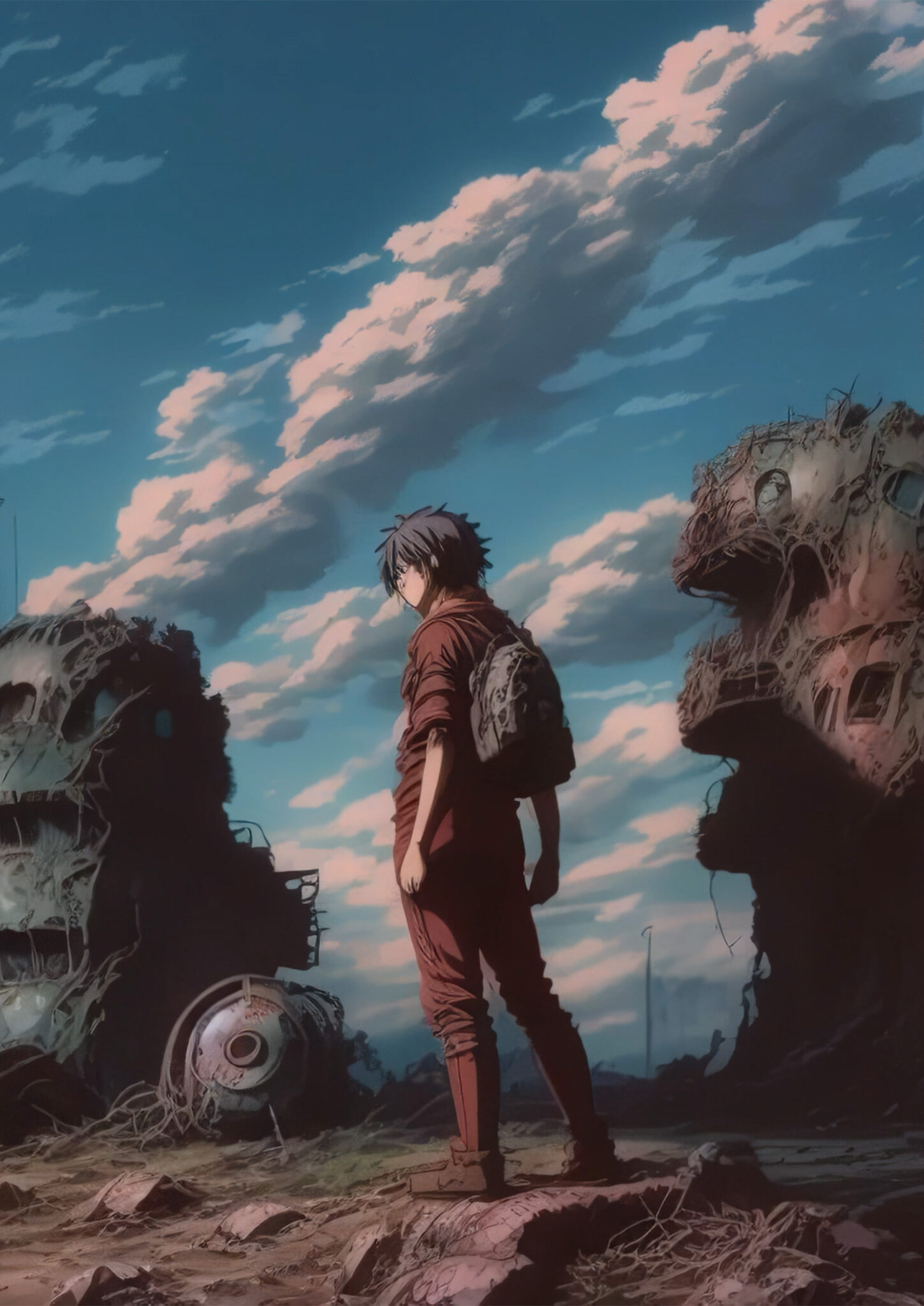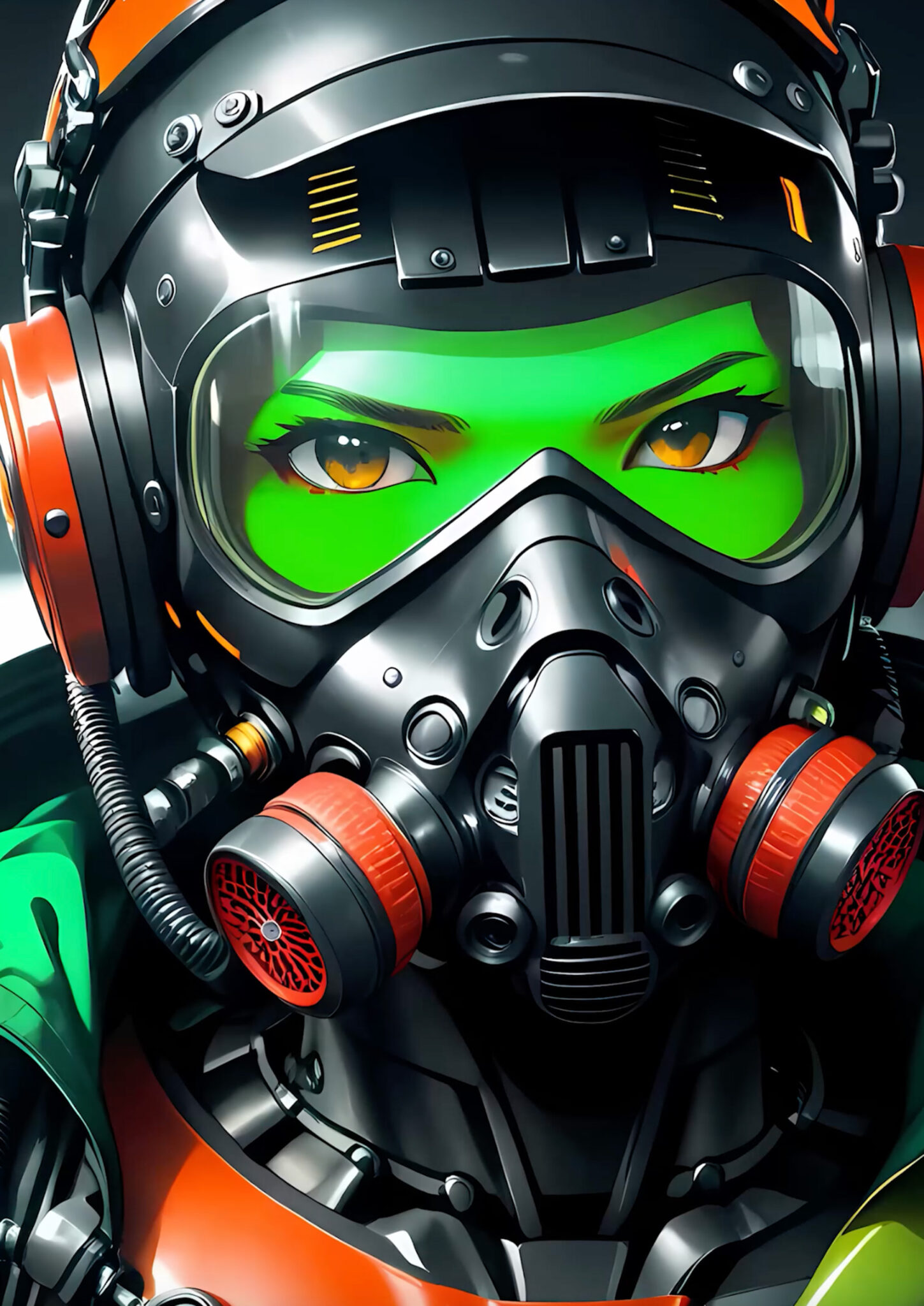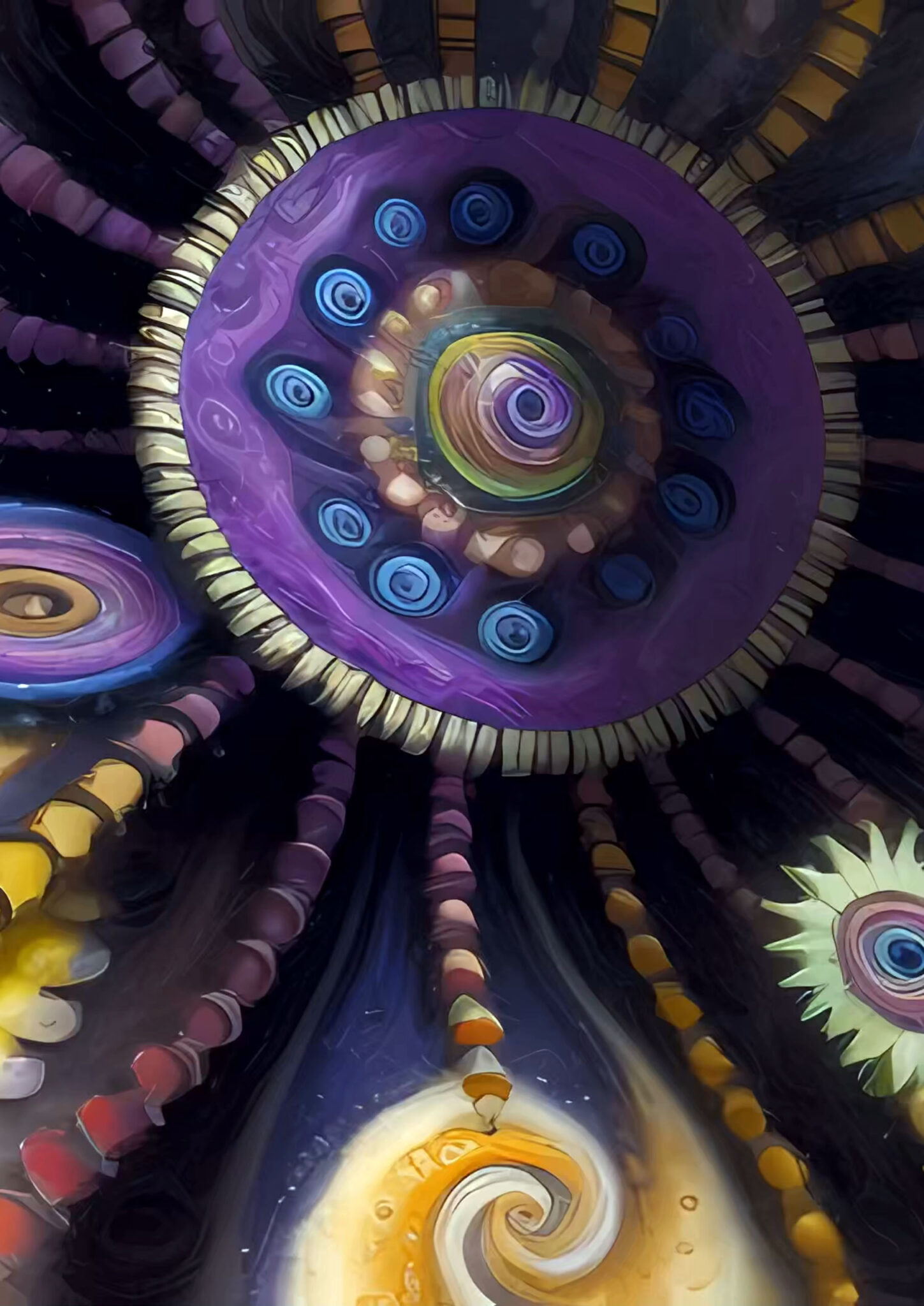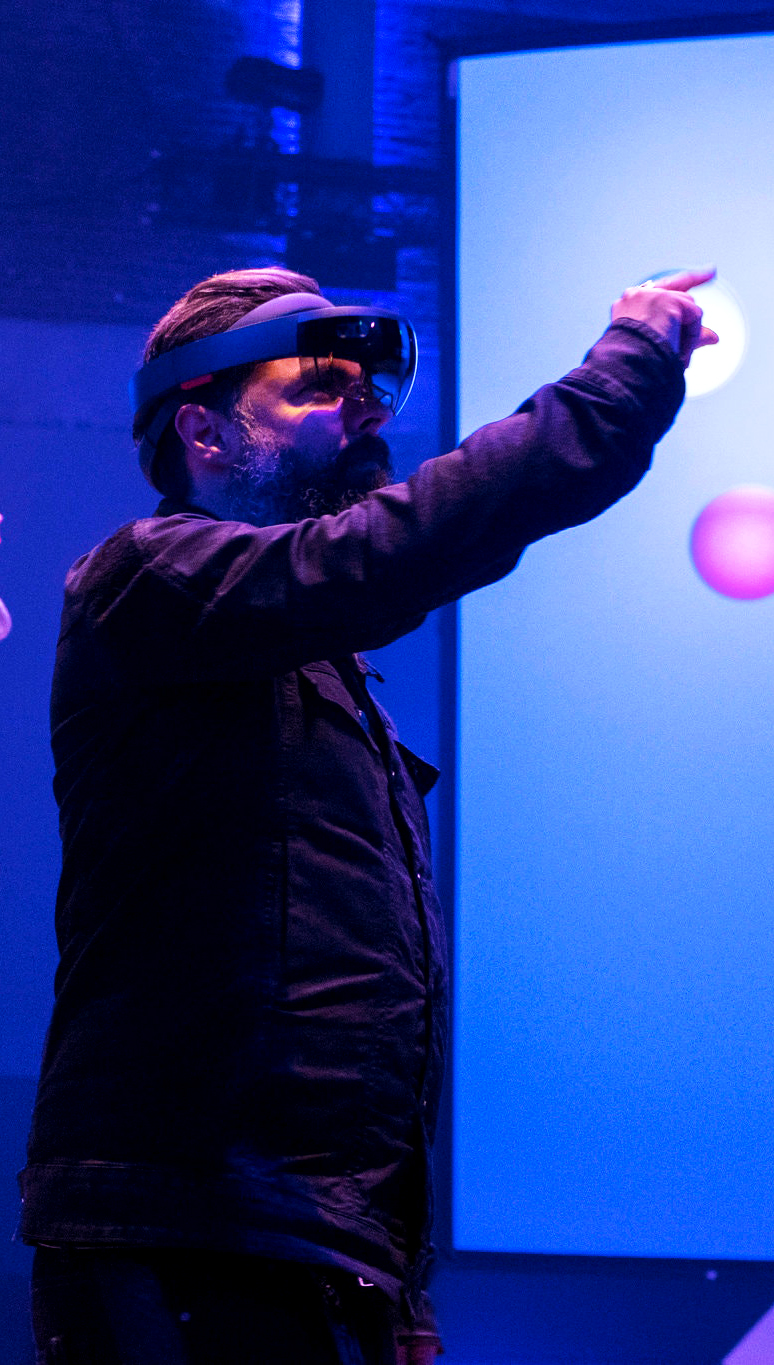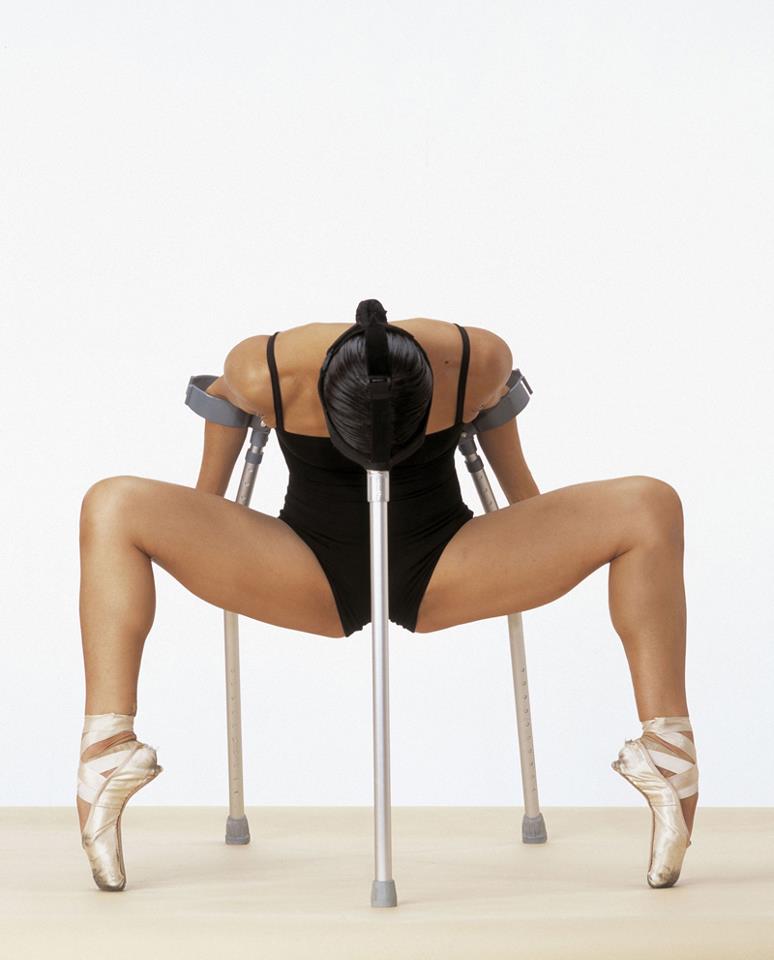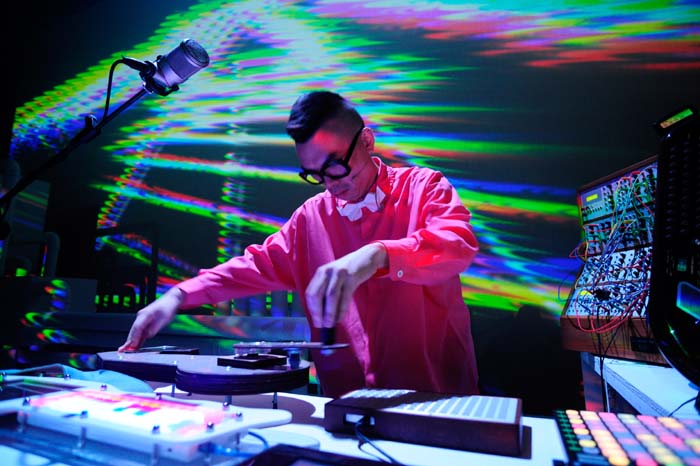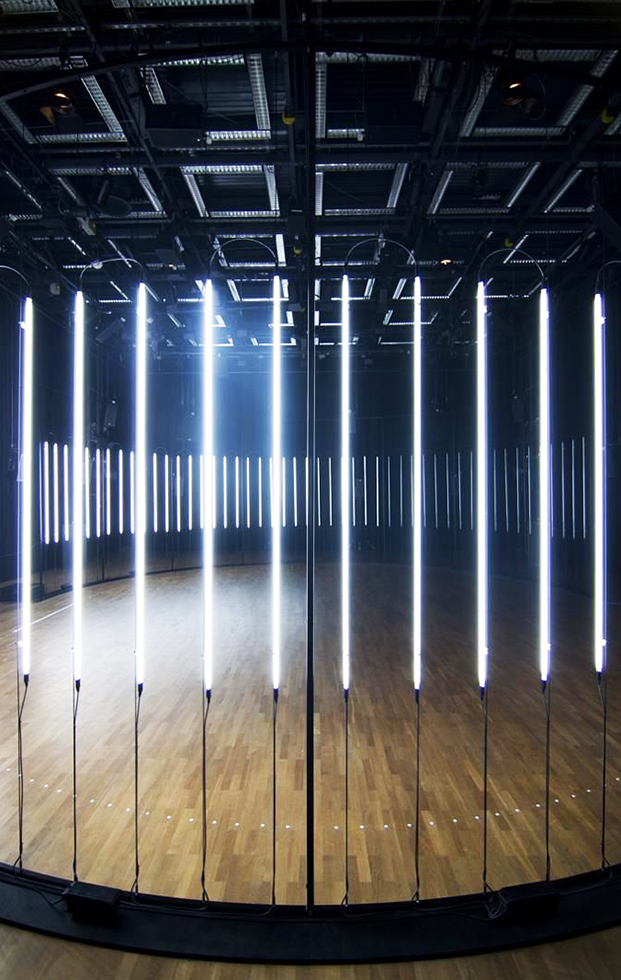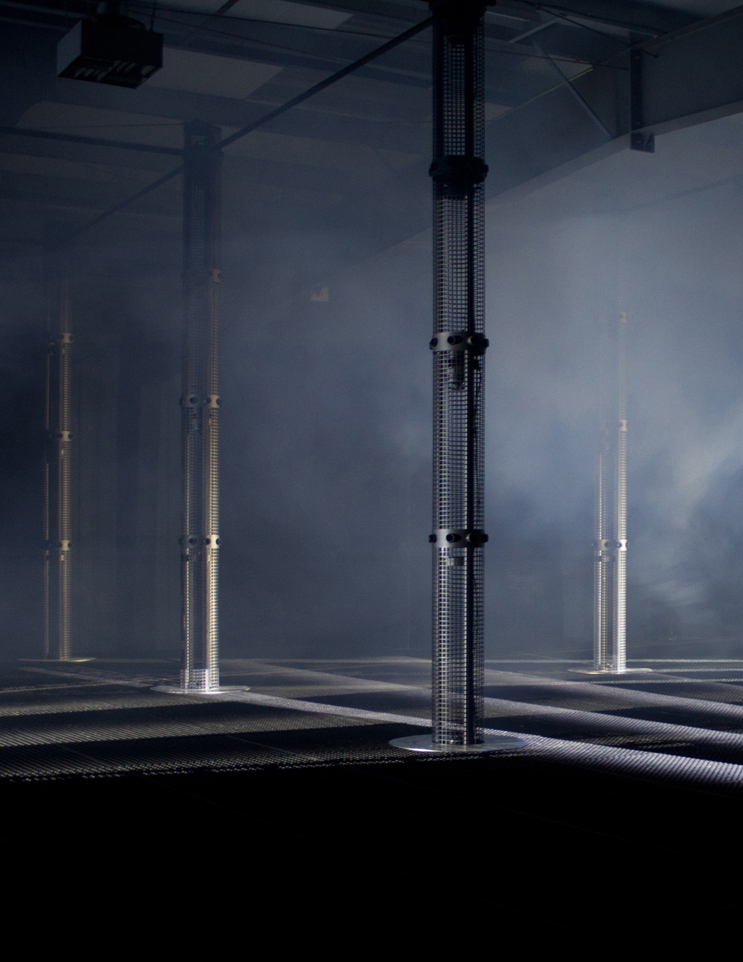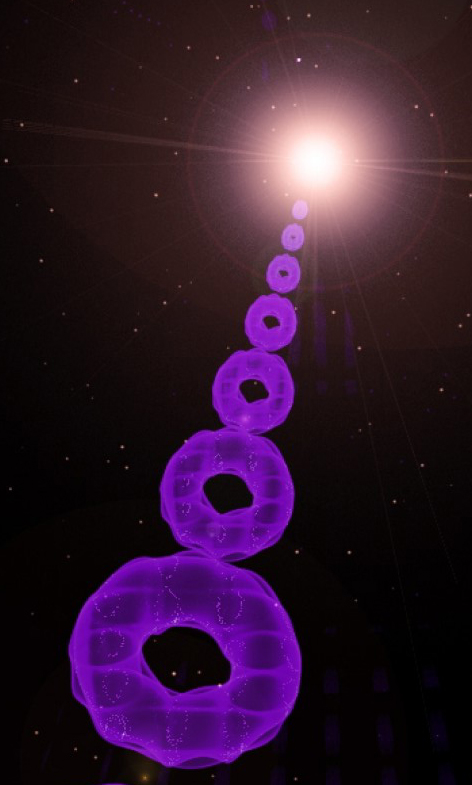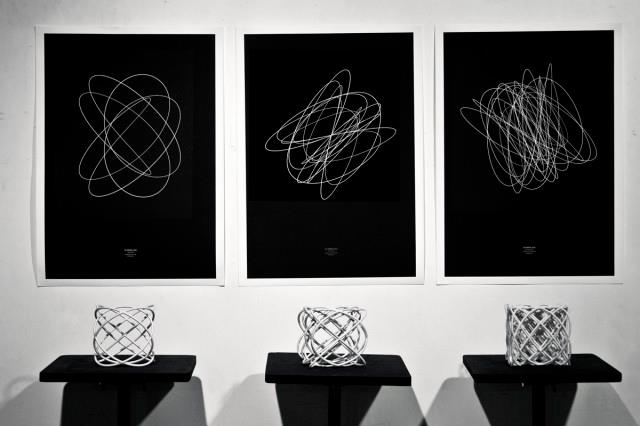
1024 ARCHITECTURE
FILE LED Show
The art-technology exhibition of FILE São Paulo 2013 brings the new interactive work by the famous 1024 architecture group to be presented on the gigantic LED panel of FIESP building on Paulista Avenue. People could change the images on the panel through their voices or by humming a song.
The 1024 architecture group created the “interactive LED” digital graphic project for the Paulista Avenue, which will be presented from July 22 through August 18, 2013. The project consists of a podium with a microphone installed on the sidewalk of the Paulista Avenue, where people could interact through the vocal conversion into musical notes. The 1024 architecture group elaborated a brand new algorithm for this project, which changes the graphic behaviors by means of sounds. Depending on the note sung, several parameters of the program, such as colors, shapes, density, and rhythms (squares, circles, stripes, etc.), will change.
